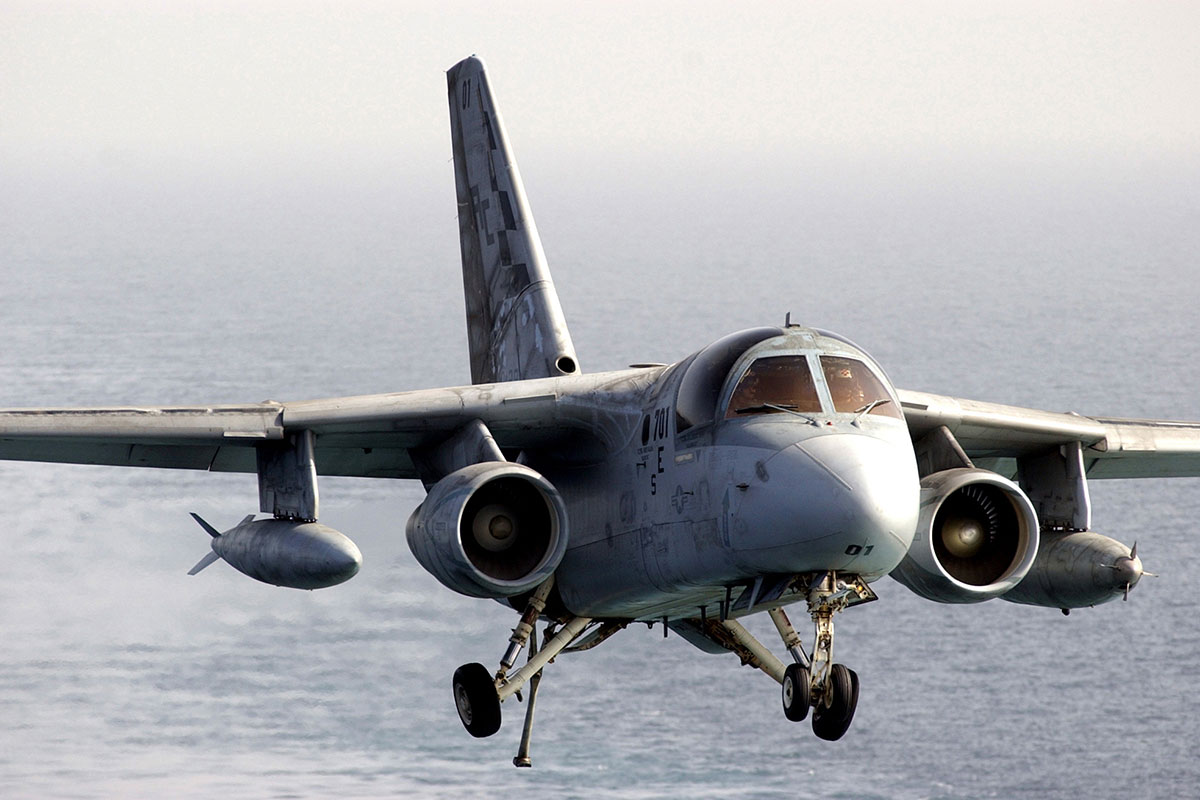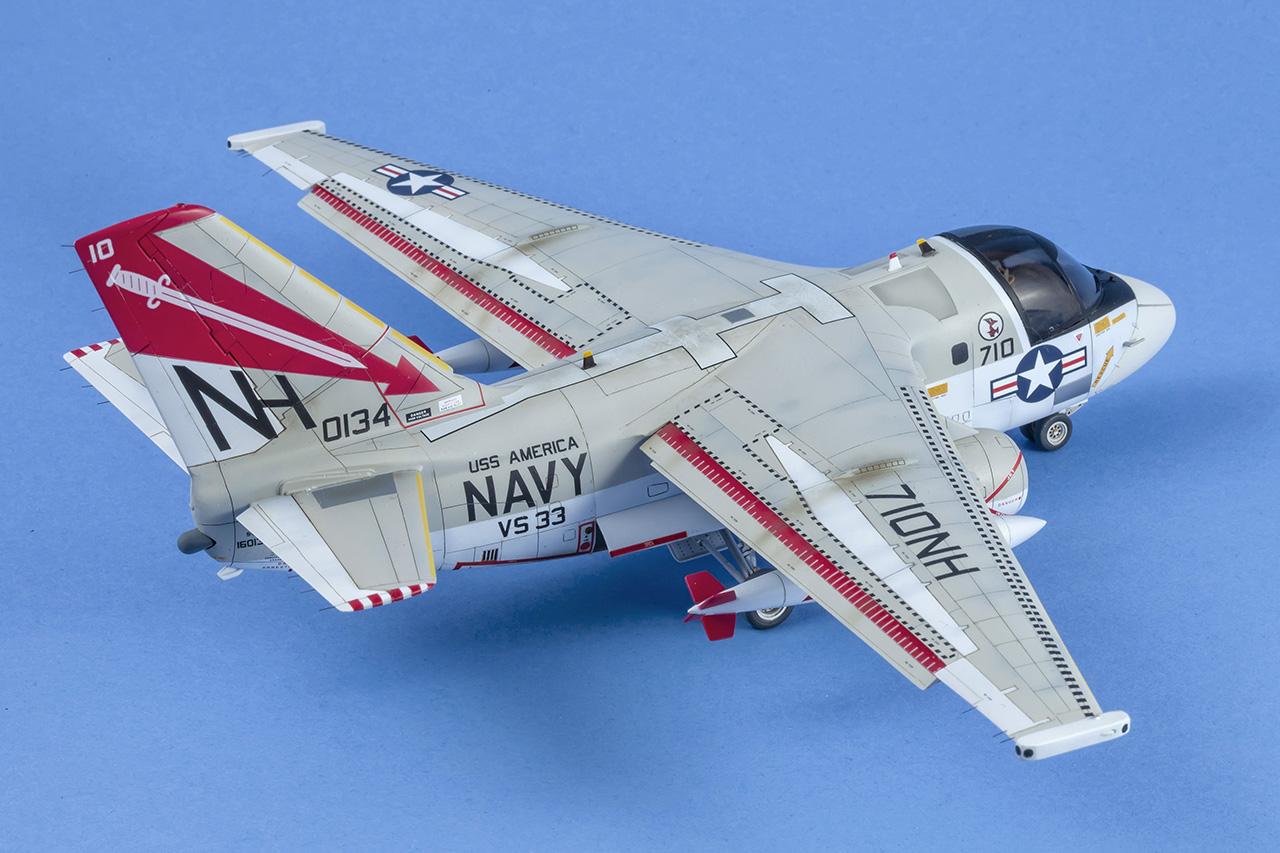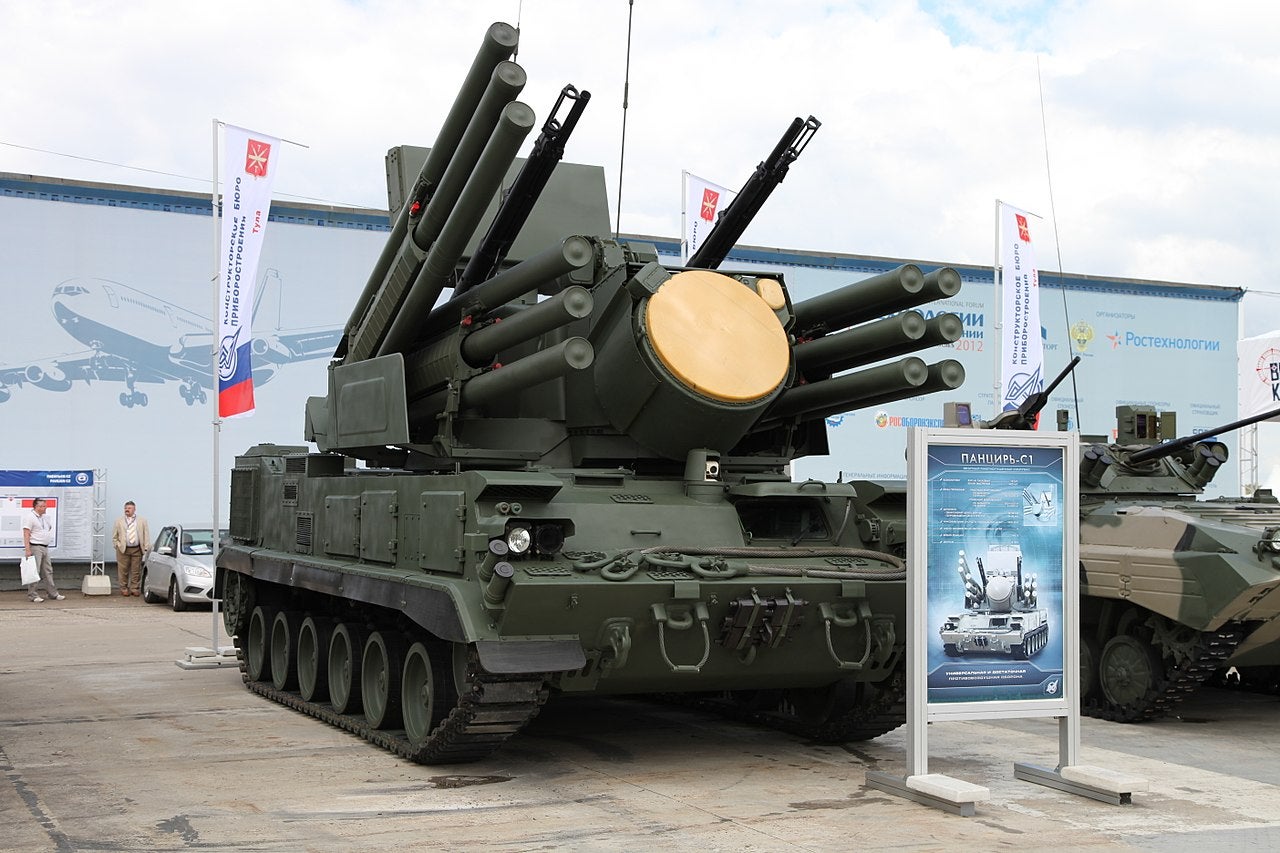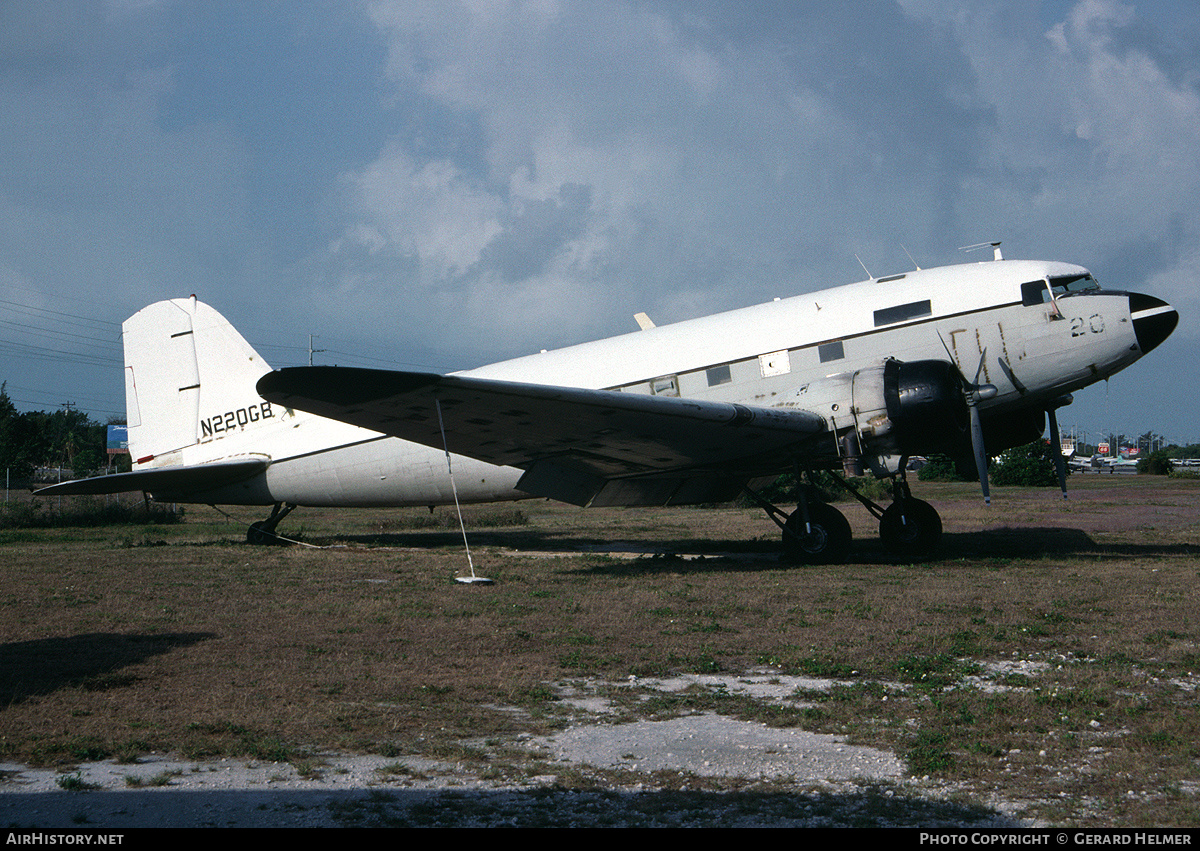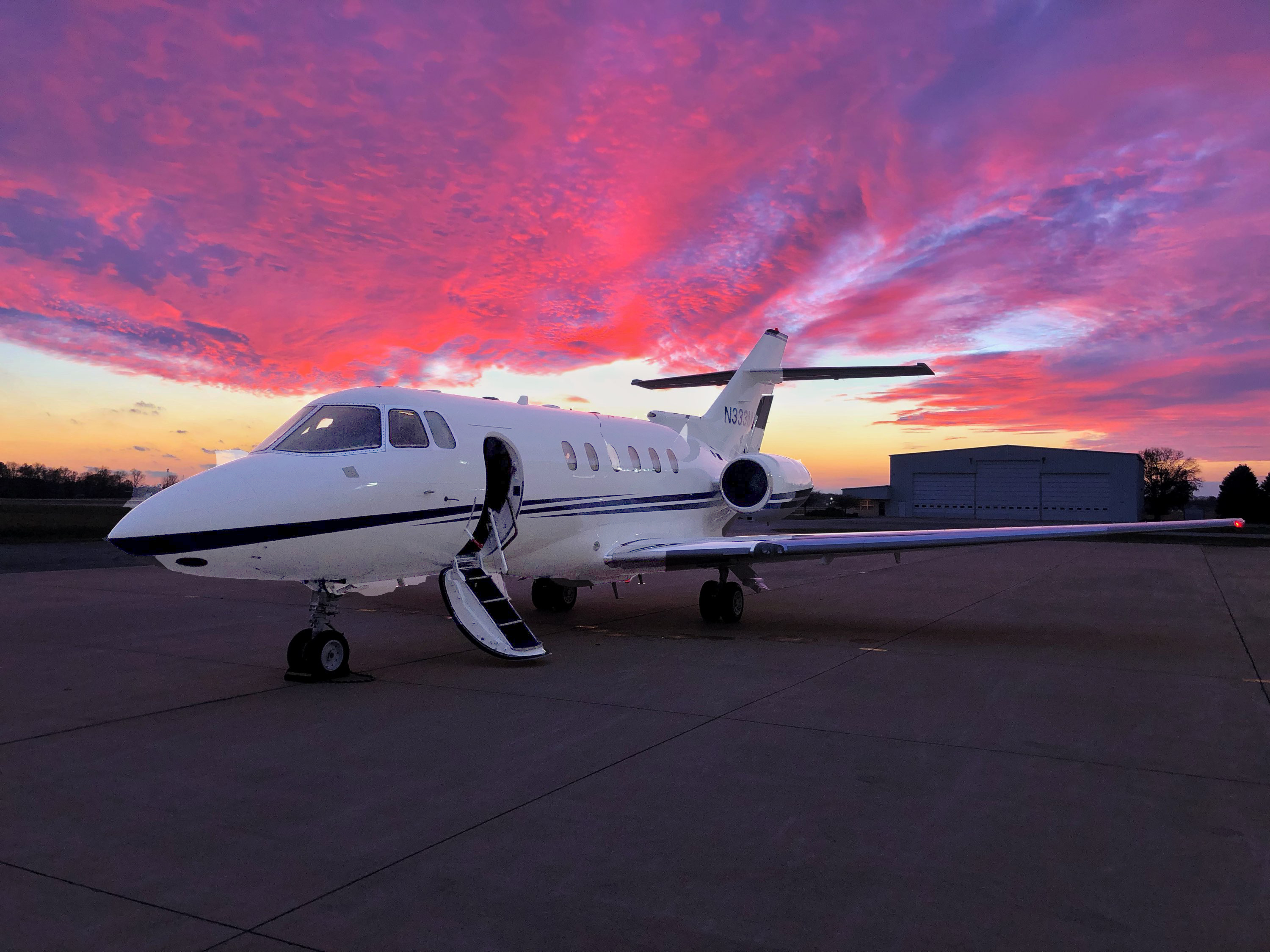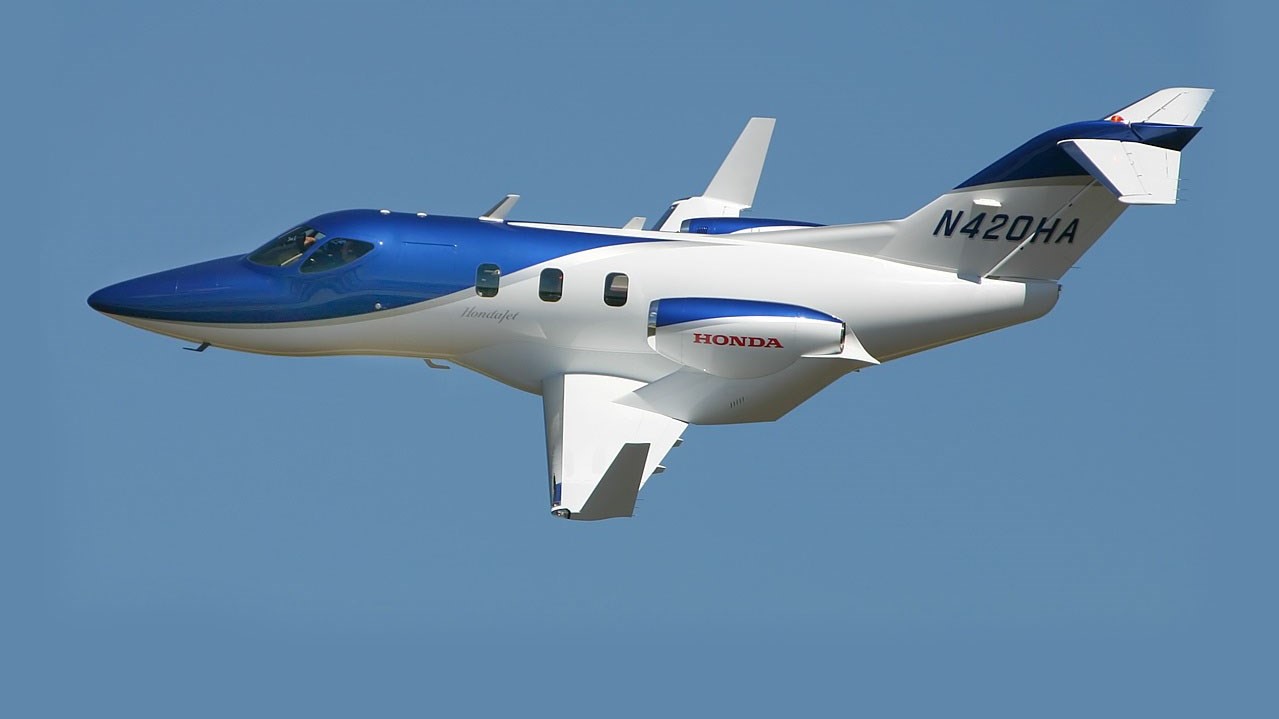Pressurization Systems Aircraft - The tank pressurization system ensures that the propellant tanks maintain their desired pressure. As propellant is consumed, the pressure of the propellant tank drops unless a pressurant gas makes up the volume. A pressurant tank contains “pressurant” gas, typically helium (He) or nitrogen (N2), at a very high pressure up to 60 MPa). This gas is regulated down to the desired tank pressure and fed into the propellant tank. A pressurizing method is particularly important for pressure-fed systems but is also used for pump-fed systems. To maintain propellant-tank pressure, we may also use
To help with this, airplanes have negative pressure relief doors installed (typically on the side of the plane’s fuselage). These simple, spring-loaded doors will open inward if the pressure outside is greater than inside to allow higher pressure air to flow into the cabin and equalize with the outside air. Once the pressure is even (or close to even) the springs will force the doors closed again.
Pressurization Systems Aircraft
To account for this, planes have positive pressure relief valves installed on the fuselage. These valves are spring-loaded and will open automatically if the pressure inside the cabin gets too high. Through these butterfly valves, the excess air pressure is vented to the outside where pressure is much lower. Once the pressure inside gets back down to where it should be, there won’t be enough pressure to force the valves open and they’ll automatically close and seal.
Ventilation [Easa ]
Actually, there are a couple of things you might notice when flying at altitude in a pressurized cabin. But thankfully, the potential effects aren’t anything that’s exactly bad for the human body, more of just a bit of an irritant than anything. The two main side effects on the human body both stem from the same thing — the air inside a pressurized cabin has very low humidity.
Some areas of the ISS are noisy due to cabin fans, pressurization systems, motors, pumps, and transformers. Noise may not only degrade productivity, but also may interfere with communication between the crewmembers and between crewmembers and ground control. These high ambient noise levels can also interfere with task performance, such as checks of subtle cardiac murmurs using a conventional stethoscope (Marshburn, 2008). High-intensity noise exposure can lead to fatigue, irritability, poor sleep quality, or headache, all of which can affect performance. Syndicus et al. (2016) found that noise stress increased risk aversion.
The fuselage of an aircraft is only designed to handle so much pressure in either direction. As the aircraft is being pressurized, it’s important that the pressure inside does not build up too high. If there is too much positive pressure inside the cabin, there’s the risk of the structure failing, including windows and doors being blown out.
The experimental sample currently used for the reaction experiment is mostly shale, but tests also including a few tight sandstone and coal samples. The sample dimension usually depends on the size of test setup, a common standard specimen is a cylinder with a diameter of 5–50 mm and a height of 10–100 mm. After a standard specimen is prepared, it needs to undergo rigorous screening, standardized pretesting to finalize the experimental sample setup.
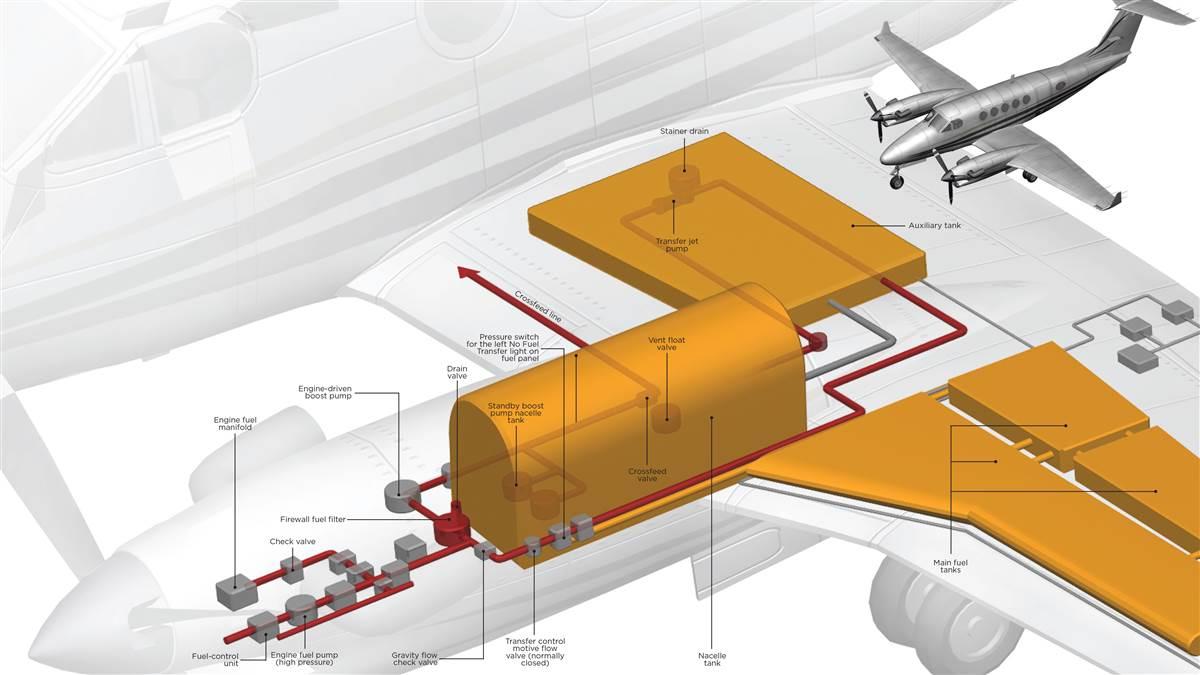
Acoustic Quality
As you can see, these side effects are nothing to really worry about. Your taste and smell will be back to normal as soon as you get back to normal air. And the sense of dehydration will wear off quickly as well, and not really put you in any danger of total dehydration. So don’t worry about any potential adverse effects of flying in a pressurized cabin — there’s nothing to worry about!
The experimental procedures for SC-CO2 treatment on rock samples are as follows: First, the tightness in tested and the water bath temperature is set. Then, the specimen is placed inside the pressure tank and sealed. In different experimental conditions, there may be some other treatment fluid in the reactor to simulate subsurface formation, such as water, brine etc. The tank is then set to a constant temperature through water bath under vacuum. Subsequently, the CO2 is refrigerated to liquid state through a cooling unit. Then, liquid CO2 is injected into the high-pressure tank with a double-plunger booster pump until the CO2 pressure and temperture reach to experimental value. Finally, when the treatment time is reached, the rock samples are removed for further testing and analyzing.
As a passenger on an airplane, aircraft pressurization seems vital, and that’s of course because it is. But it’s also not a natural phenomenon, having pressurized air that we can breathe at those heights. Some people fear that there might be some adverse effects of flying in airplanes due to this cabin pressure. So are there any effects on the human body of flying with aircraft pressurization?
SkyTough.com is a participant in the Amazon Services LLC Associates Program, an affiliate advertising program designed to provide a means for sites to earn advertising fees by advertising and linking to Amazon. This site also participates in other affiliate programs including but not limited to ShareASale, CJ, and ClickBank, and is compensated for referring traffic and business to these companies.
Positive Pressure Relief Valves
The general principle of capacity control is illustrated in Figure 7.9. Utilizing the capacity control scheme implies that the heat storage is acting as a part of the pressurization system. In practice, the dedicated pressure vessel should still be able to function as an emergency valve in case a situation occurs where inappropriately high water levels are reached and water must be drained from the network.
While most aircraft use engine bleed air to keep the cabin pressurized, some new airplanes use electric air compressors. These compressors are powered by the plane’s electric system, and pump fresh outside air into the cabin of the plane. But no matter how the plane gets fresh air in, it needs to be able to get rid of the old air in the cabin.

Aircraft pressurization systems are designed to keep the air inside the plane’s cabin fresh, clean, and breathable. At higher altitudes, the air is too thin to breathe and supply enough oxygen to the brain. Aircraft pressurization systems ensure there is enough oxygen in the air to breathe properly.
Instead of regulating the pumps in the charging/discharging loop according to the mass balance in the thermal storage unit, the water level in the expansion system (pressurization vessel) could be the governing factor. An increase of the water level in the pressurization vessel would indicate that too much water is being pumped into the network. This change in water level should then be used to signal an automatic controller to decrease the flow out of the storage tank, as well as to start increasing the speed of the inflow pump(s).
Are There Any Effects Of Flying In A Pressurized Cabin?
We consider an industrial complex that requires heating and cooling services, reflected on the cooling water consumed in the circuit of the cooling towers. For an industrial complex, this represents about 80% of all fresh water required.
This is why planes need to be pressurized, to ensure that the air is dense enough (i.e. there’s enough air pressure) to provide adequate oxygen to the brain. That’s also why if the plane depressurizes during flight, oxygen masks will drop down. It’s all about breathing, oxygen, and ensuring your brain gets what it needs to function!
This is a big one that you may not think of right away. Think about the fuselage of an aircraft. Everything is… round, isn’t it? The cabin itself is more or less tubular. The doors that you enter and exit through all have curved edges and corners. Even the windows, they’re not square like the windows in your house, right?
Air pressure is something that the vast majority of us likely take for granted on a daily basis. Here on the planet’s surface, air pressure is a comfortable 14.7 psi at sea level. At this pressure, we don’t really feel any actual pressure on us, it’s easy to breathe, all seems well. But as we take aircraft tens of thousands of feet into the air, the air pressure changes drastically.

Capacity Control
We describe a mathematical tool that was developed at the Mexican Petroleum Institute (IMP) to optimize the use and re-use of water at an industrial complex, considering the operation parameters and the thermal capacity of cooling towers, in such a way that it automatically calculates investment and operation costs from water treatment units and from interconnection lines. This allows the user to obtain a preliminary evaluation of the energy intensity and the viability of different scenarios of additional treatment and re-use of streams in the water network.
If you’re reading this article, chances are high that you’ve flown on a plane before. You might even be a pilot (or thinking about becoming one). In either case, you might be wondering how it’s possible to breathe while flying since the air is so thin at high altitudes. Well, the answer to that question is aircraft pressurization. In this article, you’ll learn how aircraft pressurization works, why it’s necessary, how planes can handle it, and any possible side effects.
The degree to which an individual’s performance is affected by lack of oxygen varies depending on the altitude of the aircraft, and on personal factors such as the general health of the person and whether he/she is a smoker. Below 10,000 ft, the reduced levels of oxygen are considered to have little effect on aircrew and healthy passengers but above that, the effect becomes progressively more pronounced. Above 20,000 ft, lack of oxygen leads to loss of intellectual ability followed by unconsciousness and eventually respiratory and heart failure. When suddenly deprived of normal levels of oxygen, estimates of the Time of Useful Consciousness are a pertinent guide - at 35,000 ft it is less than one minute. See the separate article on Hypoxia for more detailed information.
The outflow valve will work in conjunction with the bleed air (or electric compressors) to keep the aircraft pressurized automatically. Along with the valves and door you’ll read about shortly, the entire process is automatic so the pilot doesn’t have to constantly worry about cabin pressure!
Rounded Edges And Corners
The cabins of modern passenger aircraft are pressurised in order to create an environment which is physiologically suitable for humans (Aircraft Pressurisation Systems). Maintaining a pressure difference between the outside and the inside of the aircraft places stress on the structure of the aircraft. The higher the aircraft flies, the higher the pressure differential that needs to be maintained and the higher the stress on the aircraft structure. A compromise between structural design and physiological need is achieved on most aircraft by maintaining a maximum cabin altitude of 8,000 ft.
Secure .gov websites use HTTPS A lock ( LockA locked padlock ) or https:// means you’ve safely connected to the .gov website. Share sensitive information only on official, secure websites.

With aircraft pressurization systems, we’re able to provide enough air pressure to keep us humans breathing properly while simultaneously exchanging the air in the cabin every two to three minutes. This makes aircraft air incredibly clean and fresh, far more so than what you breathe in on a daily basis at home or in the office.
Secondly, you might notice that the food you’re eating tastes a little more bland than normal. While you may attribute this to the food that they serve on airlines, you’ll also notice it even if you bring your own food onboard. This is because the low humidity can reduce your taste and smell significantly, causing the food to taste bland.
What Is Cabin Pressure In An Aircraft?
The composition of atmospheric air remains constant as air pressure reduces with increasing in altitude and since the partial pressure of oxygen also reduces, the absolute amount of oxygen available also reduces. The reduction in air pressure reduces the flow of oxygen across lung tissue and into the human bloodstream. A significant reduction in the normal concentration of oxygen in the bloodstream is called Hypoxia.
That’s done for a reason. Corners and edges create very small areas of high stress density. And with the extreme pressure differentials and high speeds that airplanes fly at, these areas of stress concentration could lead to cracks and premature failure. Simply rounding off all edges and corners greatly reduces the chance of something like this happening, down to nearly zero.
Overheating problems are exacerbated by requirements for military pilots to fly wearing chemical–biological warfare suits. For example, the life-support equipment developed for Apache pilots includes a chemical–biological face mask, helmet, flame-retardant flight suit, boots, gloves, and cooling vest (Griffin, 1985). This gear is awkward and restrictive, and it makes manual operation of some controls difficult. Operations in cold climates also require protective clothing. For example, pilots operating to and from oil rigs in the North Sea and Beaufort Sea must wear immersion suits for protection in the event that they have to ditch their aircraft. However, the suits are uncomfortable and hot during routine flights. Although research and development efforts prompted by government and the civil-use communities have achieved significant improvements, noise, vibration, and temperature still create performance and comfort problems.
The goal of aircraft pressurization systems is twofold. First, as mentioned above, humans need to have higher air pressure than what’s outside at high altitudes in order to breathe. Secondly, if there was no air circulation, the air inside an aircraft would get stale and dirty very quickly.

Negative Pressure Relief Doors
As you’re browsing the web trying to learn everything you can about aviation and flight, you’ve come to the right place. At SkyTough, our number one priority is providing our readers with the best content that they can find on the web. To make that a reality, we’ve combined our own knowledge and experience with that of other experts in the field to really narrow down all the intricacies of aircraft pressurization systems.
Since the pressurized air has such low humidity, you’re more likely to be less hydrated than you would normally be. This is one of the reasons that flight crews and airlines offer beverage service, and also why you should accept that bottle of water to make sure you stay hydrated! If you decide to drink alcohol while flying, the effects of dehydration will be further compounded. So be sure to drink plenty of water with any alcohol while flying!
The higher you go into the air, the lower the pressure is. And with lower air pressure, things start to get a little difficult for us humans. Things that we don’t really think about — i.e., breathing and staying conscious. We’ll get more into the reasons why planes need to be pressurized shortly, but here’s the general gist.
The experiment of SC-CO2 treating on sample consists of three sections, which are CO2 pressurization system, high-temperature and high-pressure reaction unit between CO2 and the rock sample, experimental monitoring and control system. The pressurization system includes a CO2 tank, cooling unit, and booster pump. CO2 is first released from the tank, then flows through the cooling unit to make sure it fully reaches the liquid state, subsequently, it is pumped to reaction unit by the booster pump. The reactor is surrounded by a water bath (or thermostat) temperature-control unit, which ensures CO2 reaches a supercritical temperature. The reaction unit can provide a high-temperature and high-pressure environment for treating experiments between rock sample and CO2. The entire experimental process is recorded by a pressure gauge and a temperature sensor inside the reactor (Figs. 10 and 11).
Why Do Planes Need To Be Pressurized?
aircraft pressurization system explained, aircraft pressurization chart, pressurization system in, cabin pressurization, aircraft pressurization system diagram, aircraft pressurization accidents, cabin pressurization system, cheapest pressurized aircraft

